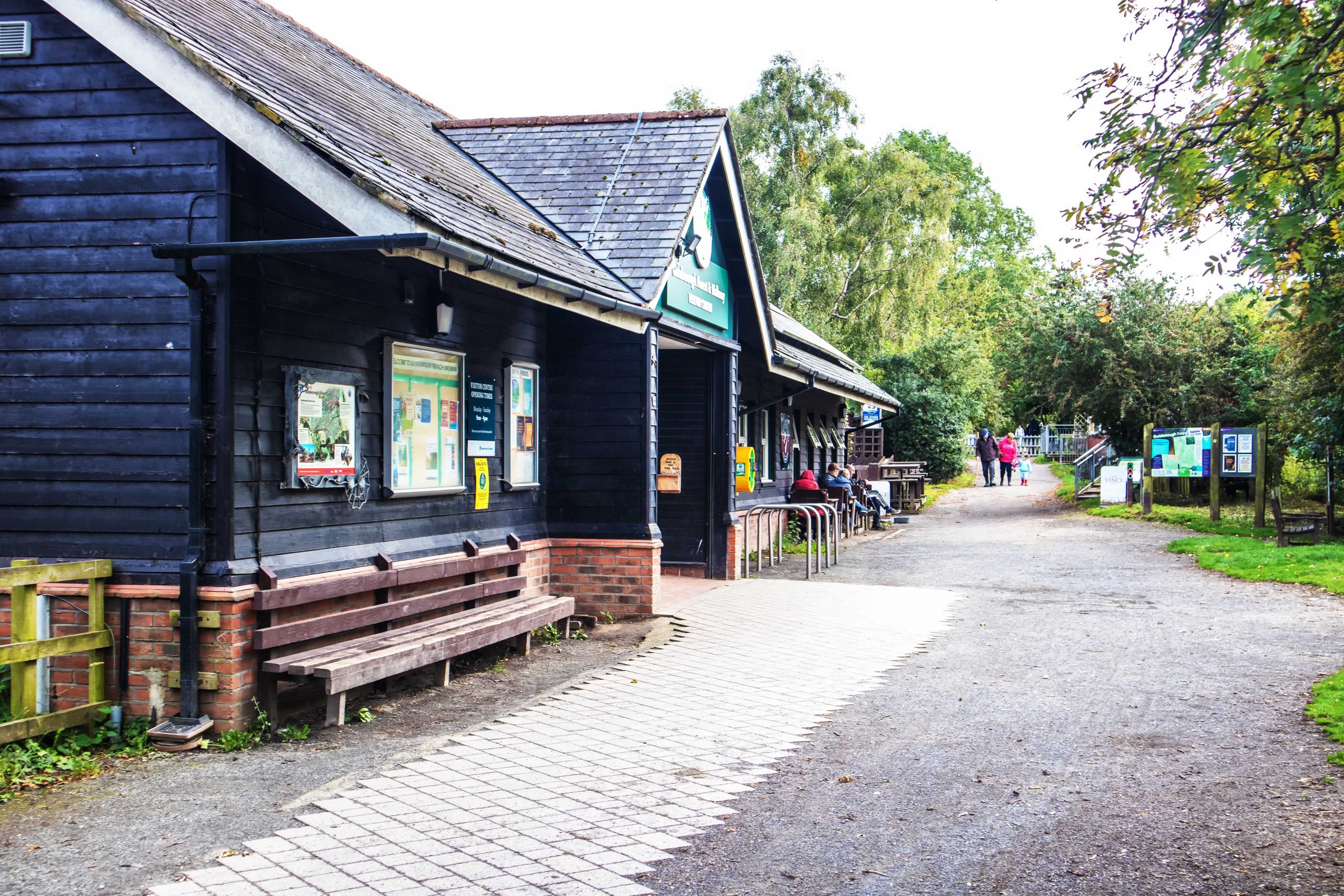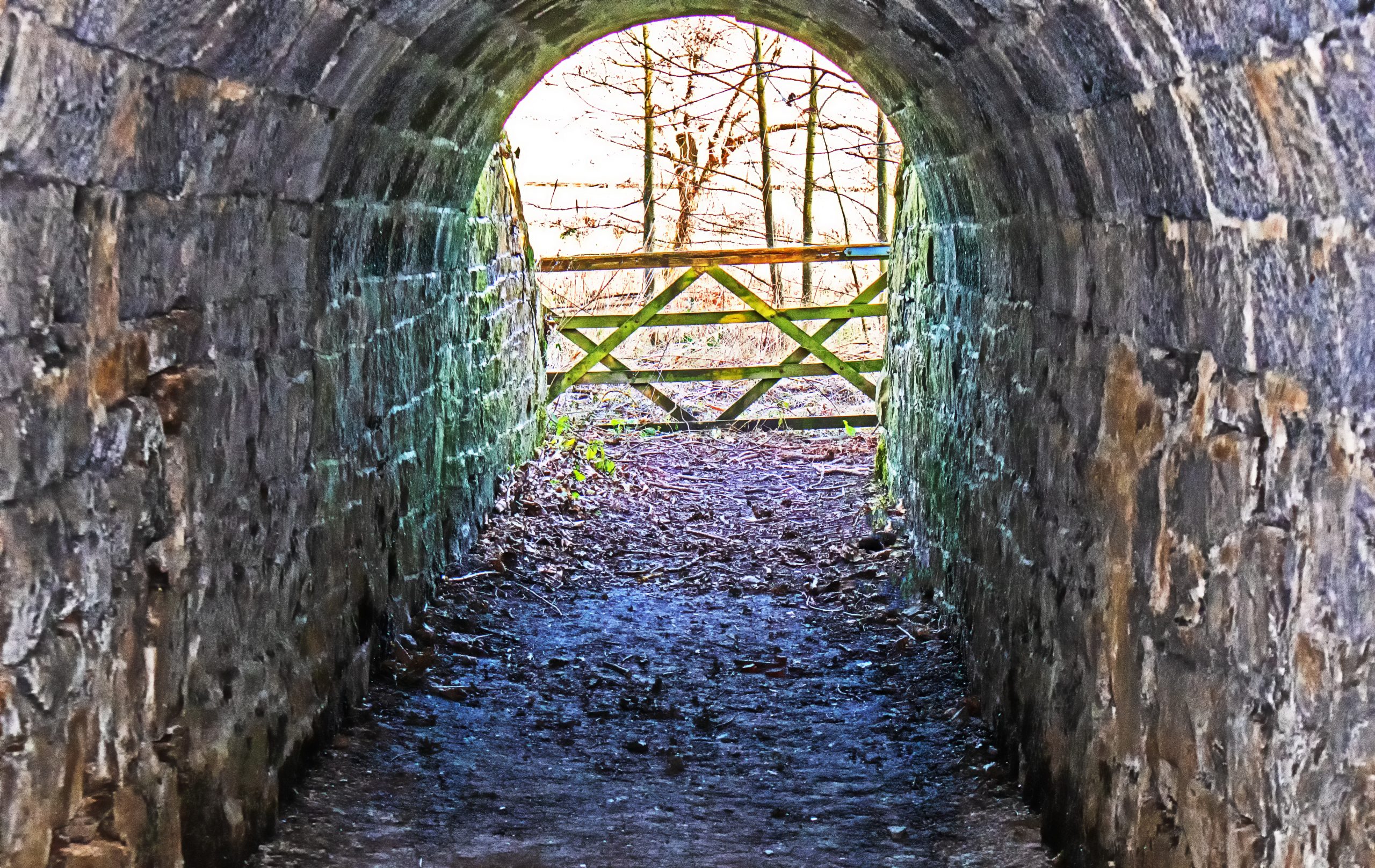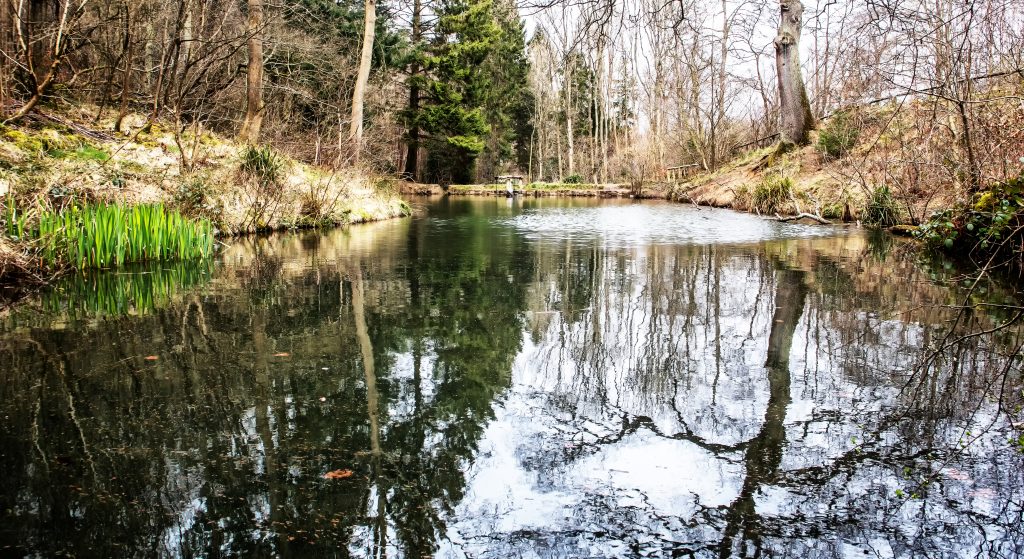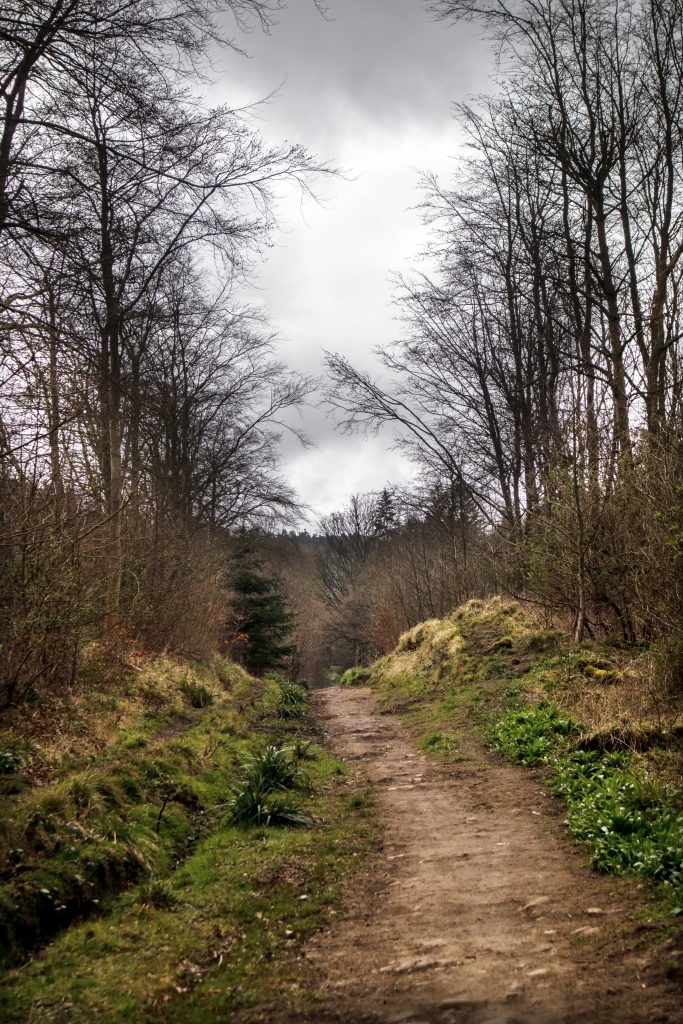Forestry England operate , in conjunction with Redcar and Cleveland Council, the Guisborough Forest Walkway with a centre located at Pinchinthorpe on the disused Middlesbrough and Guisborough Railway. The Middlesbrough & Guisborough line was a branch off the Esk Valley Railway, which is still operating, just after Nunthorpe Station. A second branch just before Pinchinthorpe went North to Charlton Mine in the Eston Hills. The main branch continued towards Guisborough with a terminus where the current Fountain Street Car Park currently exists.
Ironstone of reasonable quality started to be mined in 1850 and hence the need for the railway, built by Joseph Pease who was involved with the Stockton to Darlington Railway, which started in 1825.
The railway was built to transport Ironstone from the area to the iron and steel works in Middlesbrough. Some of its history is documented here and in Graces Guide. Information on Pinchinthorpe Station, with pictures, are shown here. There were two station at Pinchinthorpe, both now residential property on either side of the road bridge just beside the Walkway Centre. The first station opened in 1854 and closed, as a station, in 1876 when the second station opened, now known as Station House. At the time the line was built, the road bridge did not exist. A level crossing was used and passengers, at the second station, had to cross the rails to get to the waiting room on the other side. There were two tracks along this line in the early 20th century.
The disused line is now a walkway through part of the Forest managed by Forestry England. It was built with a view, initially, to transport ironstone from Cod Hill Mine, just above what is now Hutton Village, by the Pease family.

The Darlington and Stockton (D&S or S&D) was opened in 1825 but the link to Middlesbrough didn’t occur until later and the Middlesbrough & Guisborough branch opened in 1853. The 1853 ordnance survey map shows the route of the line to Cod Hill Mine, and the branch at Hutton Junction into Guisborough Station, opened in 1854. Hutton Gate Station wasn’t built until 1867 as a supposedly private station for the Pease family living at Hutton Hall. By this time the North East Railway Company owned the line. It didn’t close until 1967 when the line was abandoned.
With the purpose of the line being to transport iron ore from the Cod Hill mines, a group of drift mines above what is now Hutton Village, the line was routed across the fields in front of Home Farm andwith one spur following a single track tramway up to ‘Roseberry Mine, and another taking a route up what is now Hutton Village Road to the mines above Bold Venture Gill. These wer the first to be in place with the line being built in the arly 1850s and is shown on the ordnance survey map of 1853. A spur was also built which eventually served Guisborough as a pasenger terminus and also served Belmont and Spa Wood mines to the south of Guisborough.
Just before the second Pinchinthorpe Station, known as Pinchingthorpe when it was built, was a spur off the line that served the Challomer mine on the Eston Hills to the North of the station. This was to the East of Park Wood, Challoner lived in Park House for a while.
From the Walkway Centre the disused track leads to a tricky footpath just by the location of the Brickworks, beneath Bousdale House. A crossing was available here with a tunnel that still exists beneath the track. This was a route out of Guisborough up to Bousdale House and onto the moor. The tunnel, based on inspection of the early 1853 map linked what was a Brick Field with a land that isn’t designated asfor its use. Because of a manmade water course on the mpa this may have facillitated movement of clay/shale from the clay/shale pits back to the brick field for the manufacture of bricks.
The tunnel can be explored and the old stone railway gates are still standing close to the ‘kissing gate’. A little further along the track a branch was built through Bousdale and ended in the field opposite Home Farm. (the site of St Leonards Hospital and leper hospital, circa 1390) This picked up a mineral railway from Roseberry Mine (?). The track can be walked up past Blue Lake.


There were other links with the main line going onto the current Hutton Village Road and then up the road through Hutton Village and up the incline to mines located up there. Other tramways from Cod Hill mine and from mines around Roseberry Topping ended here and ironstone was transferred from pit trucks to railway trucks for transport to Middlesbrough. Close to the Codhill junction there are old railway cottages that wer obviously built alongside and for the purpose of the Codhill spur. In the 1861 census these appear to be referenced as Codhill Junction Cottages and in 1861 they were occupied by plate layers ann a signalman.
By 1871 the Codhill Mines had been worked out and the railway line dismantled (1865?). These cottages wer then referred to as Hutton Lowcross Cottages and continued to be occupied by Plate Layers and a Goods Porter, probably working out of Pinchinthorpe Station.
In 1881 the cesnsus informs us that ‘Bousdale Cottages’ were occupied by a Farm Bailiff and Agricultural workers. A sign that the importance of the railway had diminished, as far as Hutton Village was concerned.
It is not possible to walk the route of the branch line to Guisborough from the tunnel as it has been built on (Sandwood Park), but following it from the old Hutton Gate station, where a level crossing post and the platform still exists, parallel to Hutton Lane, there is a footpath that takes the walker into Guisborough. There was a branch to Hunters Hill mine of which ran along the edge of the current playing field behind Aldenham Road. This ends up at the end of Sparrow lane which was probably a footpath from the town to the mine. Closer to the town, behind the Royal Mail Sorting Office a branch drops down behind Sainsbury’s towards Fountain Street and the Brotton and Saltburn branch can be followed, behind the Rugby Club and further onto Slapewath where there is a viaduct.
When the branch was extended to Brotton and Saltburn, Hutton Junction station was built (circa 1878).
History of Nunthorpe Station and the line is available on the Nunthorpe Parish Council website.